English Literature > Edexcel > Edexcel gcse english literature paper 1 june 2023 + mark scheme (All)
Edexcel gcse english literature paper 1 june 2023 + mark scheme
Document Content and Description Below
Mark Scheme (Results) Summer 2023 Pearson Edexcel GCSE In English Literature (1ET0) Paper 1: Shakespeare and Post-1914 Literature2 Edexcel and BTEC Qualifications Edexcel and BTEC qualification... s are awarded by Pearson, the UK’s largest awarding body. We provide a wide range of qualifications including academic, vocational, occupational and specific programmes for employers. For further information visit our qualifications websites at www.edexcel.com or www.btec.co.uk. Alternatively, you can get in touch with us using the details on our contact us page at www.edexcel.com/contactus. Pearson: helping people progress, everywhere Pearson aspires to be the world’s leading learning company. Our aim is to help everyone progress in their lives through education. We believe in every kind of learning, for all kinds of people, wherever they are in the world. We’ve been involved in education for over 150 years, and by working across 70 countries, in 100 languages, we have built an international reputation for our commitment to high standards and raising achievement through innovation in education. Find out more about how we can help you and your students at: www.pearson.com/uk Summer 2023 Question Paper Log Number P72891 Publications Code 1ET0_01_2306_MS All the material in this publication is copyright © Pearson Education Ltd 20233 General Marking Guidance • All candidates must receive the same treatment. Examiners must mark the first candidate in exactly the same way as they mark the last. • Mark schemes should be applied positively. Candidates must be rewarded for what they have shown they can do rather than penalised for omissions. • Examiners should mark according to the mark scheme not, according to their perception of where the grade boundaries may lie. • In some cases, details of what will not be accepted for a marking point will be identified below the phrase ‘do not accept’. • There is no ceiling on achievement. All marks on the mark scheme should be used appropriately. • All the marks on the mark scheme are designed to be awarded. Examiners should always award full marks if deserved, i.e. if the answer matches the mark scheme. Examiners should also be prepared to award zero marks if the candidate’s response is not worthy of credit according to the mark scheme. • Where some judgement is required, mark schemes will provide the principles by which marks will be awarded and exemplification may be limited. • When examiners are in doubt regarding the application of the mark scheme to a candidate’s response, the team leader must be consulted. • Crossed out work should be marked UNLESS the candidate has replaced it with an alternative response. Marking Guidance – Specific • The marking grids have been designed to assess student work holistically. The grids identify the Assessment Objective being targeted by the level descriptors. • When deciding how to reward and answer, examiners should consult both the indicative content and the associated marking grid(s). When using a levels-based mark scheme, the ‘best fit’ approach should be used. • Examiners should first decide which descriptor most closely matches the answer and place it in that level. • The mark awarded within the level will be decided based on the quality of the answer and will be modified according to how securely all bullet points are displayed at that level. • In cases of uneven performance, the points above will still apply. Candidates will be placed in the level that best describes their answer according to the Assessment Objective described in the level. Marks will be awarded towards the top or bottom of that level depending on how they have evidenced each of the descriptor bullet points. • Indicative content is exactly that – it consists of factual points that candidates are4 likely to use to construct their answer. • It is possible for an answer to be constructed without mentioning some or all of these points, as long as they provide alternative responses to the indicative content that fulfil the requirements of the question. It is the examiner’s responsibility to apply their professional judgement to the candidate’s response in determining if the answer fulfils the requirements of the question. Placing a mark within a level • Examiners should first decide which descriptor most closely matches the answer and place it in that level. The mark awarded within the level will be decided based on the quality of the answer and will be modified according to how securely all bullet points are displayed at that level. • In cases of uneven performance, the points above will still apply. Candidates will be placed in the level that best describes their answer according to the descriptors in that level. Marks will be awarded towards the top or bottom of that level depending on how they have evidenced each of the descriptor bullet points. • If the candidate’s answer meets the requirements fully, markers should be prepared to award full marks within the level. The top mark in the level is used for work that is as good as can realistically be expected within that level.5 Paper 1 Mark Scheme The table below shows the number of raw marks allocated for each question in this mark scheme. Component AO1 Assessment Objectives AO2 AO3 AO4 Total marks Component 1: Shakespeare and Post- 1914 Literature Questions 1a to 6a 20 20 Questions 1b to 6b 15 5 20 Questions 7 to 30 16 16 8 40 AO1 Read, understand and respond to texts. Students should be able to: ● maintain a critical style and develop an informed personal response ● use textual references, including quotations, to support and illustrate interpretations. AO2 Analyse the language, form and structure used by a writer to create meanings and effects, using relevant subject terminology where appropriate. AO3 Show understanding of the relationships between texts and the contexts in which they were written. AO4 Use a range of vocabulary and sentence structures for clarity, purpose and effect, with accurate spelling and punctuation.6 Section A – Shakespeare Question Number Indicative content 1(a) Macbeth The indicative content is not prescriptive. Reward responses that explore how Shakespeare presents the character of Lady Macbeth. Responses may include: • Lady Macbeth is presented as an assertive woman, who is able to use a range of techniques to manipulate her husband. Throughout the extract, she employs multiple interrogatives when speaking to Macbeth: ‘Was the hope drunk …?’ and ‘Hath it slept since?’ to reinforce her anger and frustration at his change of mind. She shows him very little respect and is quick to accuse him of being ‘green and pale‘ • her repeated use of aggressive language to insult her husband and to suggest that he is ‘afeard’ presents Lady Macbeth as a self-assured and determined woman. These attributes are also mirrored by the short sentences that she uses, which reflect how furious she is with him: ‘From this time / Such I account thy love’ • despite seeming agitated and very erratic in her speech, Lady Macbeth’s choice of language appears at times to have been well planned and it contains the classic components of a persuasive argument, including: rhetorical questions, exclamatives, imperatives, repetition and anecdotal accounts. Her use of the proverb of the cat as a simile emphasises how she feels Macbeth is employing excuses rather than doing what he needs to do: ‘letting “I dare not” wait upon “I would” ’ • when illustrating her displeasure, Lady Macbeth’s language is derogatory and challenging; she gives the impression that she considers him weak-willed and accuses him of choosing to be ‘a coward in thine own esteem’. She dismisses Macbeth’s objections to her accusations and uses a metaphor to compare his actions to a ‘beast’, to counter his claim that he is behaving like a man • Lady Macbeth’s use of the first-person pronoun, ‘I’, highlights how she wishes to distance herself from Macbeth: ‘I have given suck’, and this conveys her as a confident woman who, unlike her husband, is prepared to take risks to get what she wants. Similarly, her use of ‘you’ appears almost confrontational and accusatory when maintaining the suggestion that Macbeth is no longer a man in her eyes: ‘Then you were a man!’ • her anger with Macbeth becomes more graphic and dramatic with her shocking description of how she would even consider killing her own child: ‘plucked my nipple … And dashed the brains out!’ rather than break a promise like Macbeth has done. However, at the end of the extract Lady Macbeth changes her approach, after she seems to be succeeding in persuading Macbeth, by offering her help in making the ‘chamberlains’ drunk. Reward all valid points. Level Mark Descriptor - AO2 Please refer to page 4 (20 marks) 0 No rewardable material. Level 1 1–4 • The response is simple and the identification of language, form and structure is minimal. • Little evidence of relevant subject terminology. Level 2 5–8 • The response is largely descriptive. There is some comment on the language, form and structure. • Limited use of relevant subject terminology to support examples given. Level 3 9–12 • The response shows an understanding of a range of language, form and structure features and links these to their effect on the reader. • Relevant subject terminology is used to support examples given. Level 4 13–16 • The response is focused and detailed. Analysis of language, form and structure features and their effect on the reader is sustained. • Relevant subject terminology is used accurately and appropriately to develop ideas. Level 5 17–20 • The response is a cohesive evaluation of the interrelationship of language, f [Show More]
Last updated: 3 months ago
Preview 1 out of 144 pages

Reviews( 0 )
Document information
Connected school, study & course
About the document
Uploaded On
Jan 16, 2024
Number of pages
144
Written in
Additional information
This document has been written for:
Uploaded
Jan 16, 2024
Downloads
0
Views
33

.png)
.png)
.png)
.png)
.png)
.png)
.png)
.png)
.png)
.png)
.png)
.png)
.png)
.png)
.png)
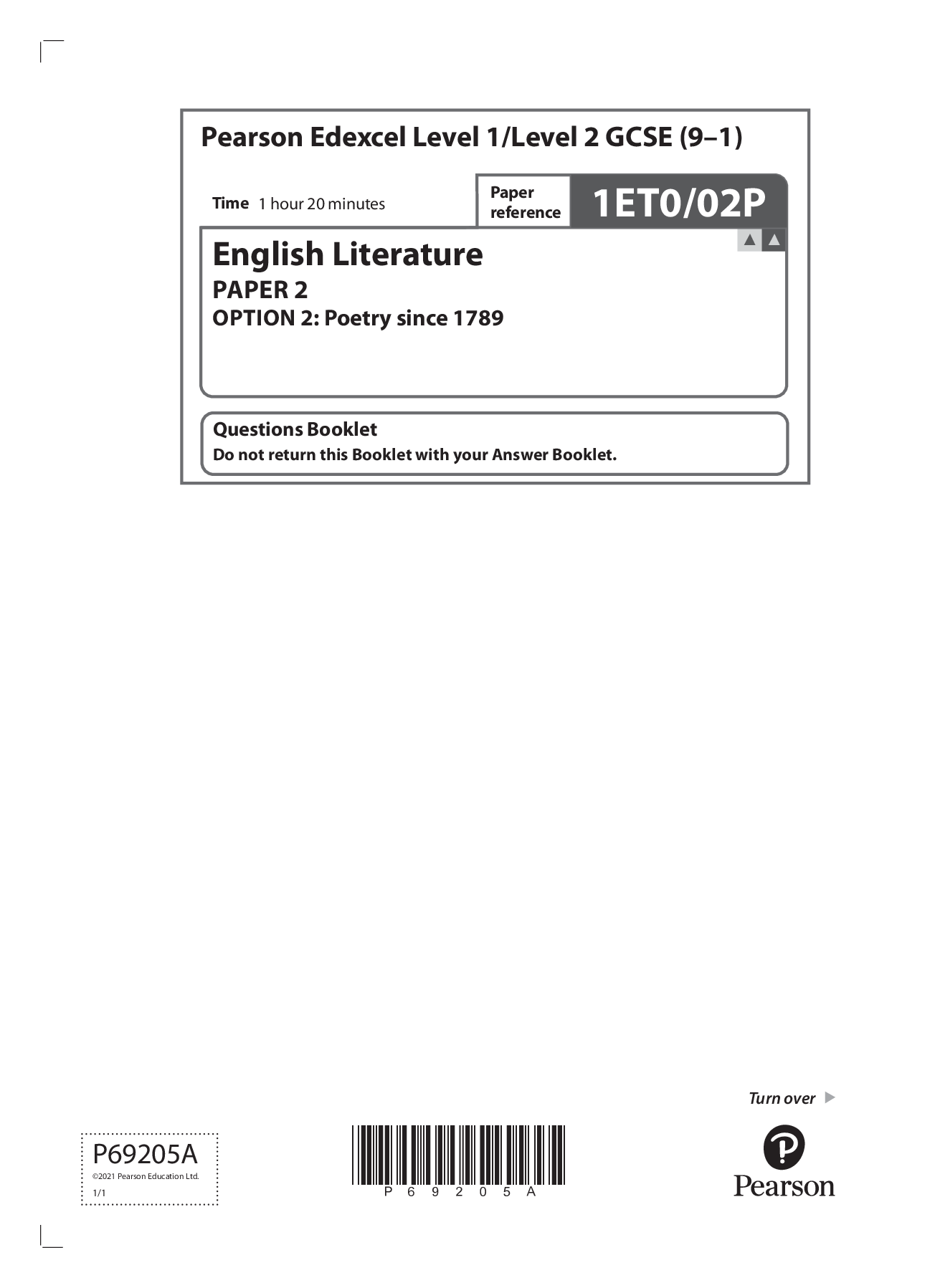

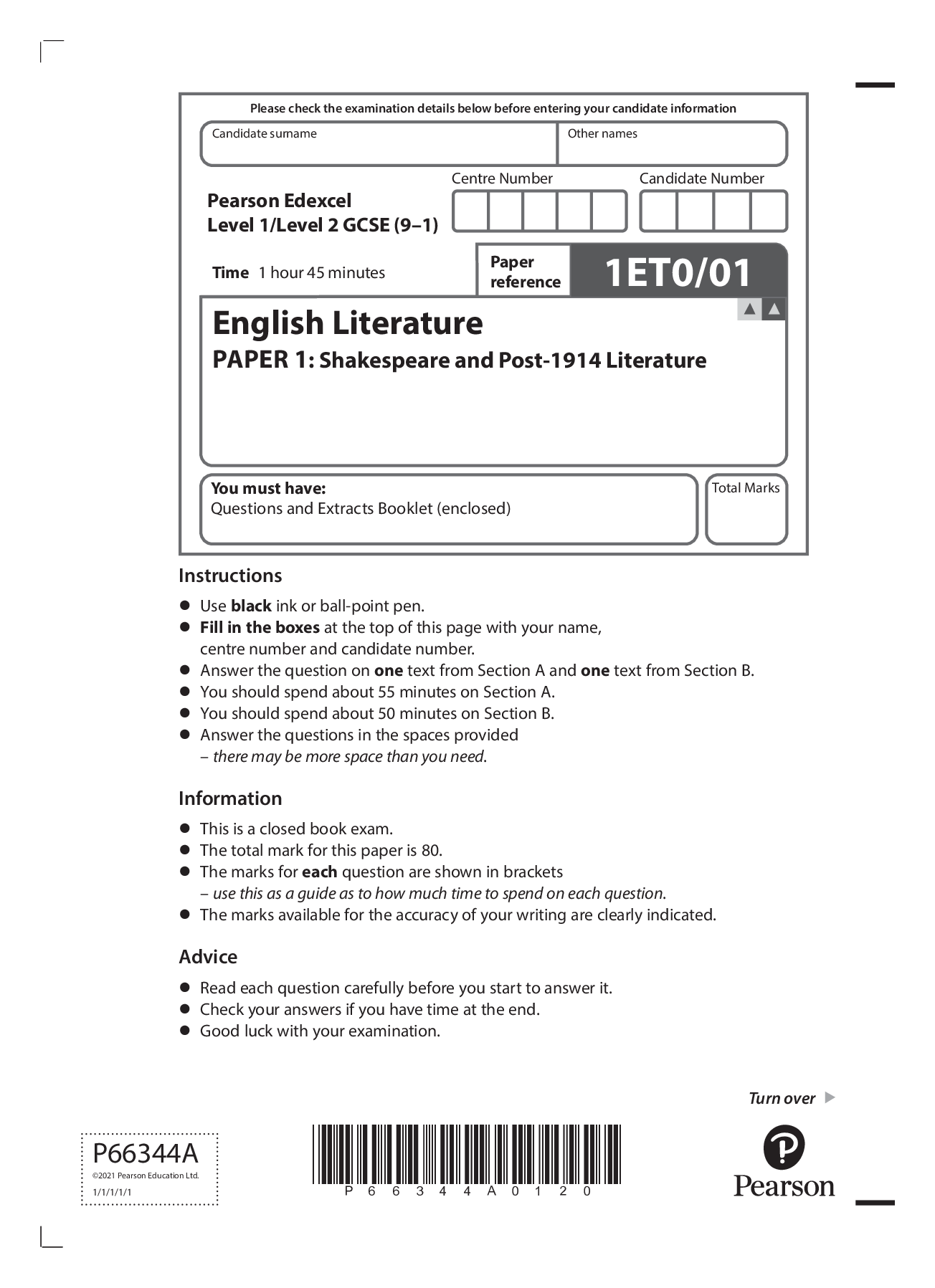
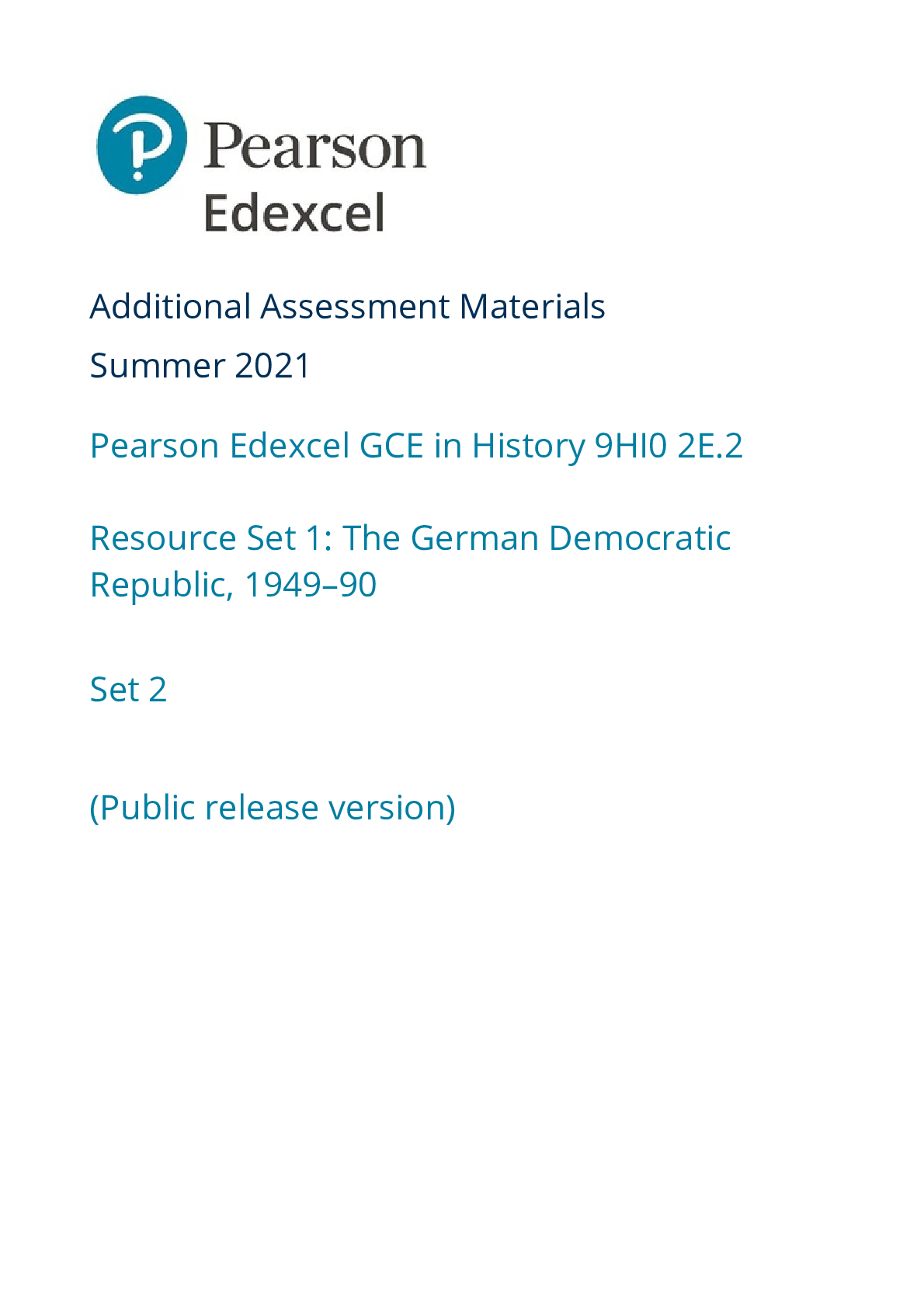
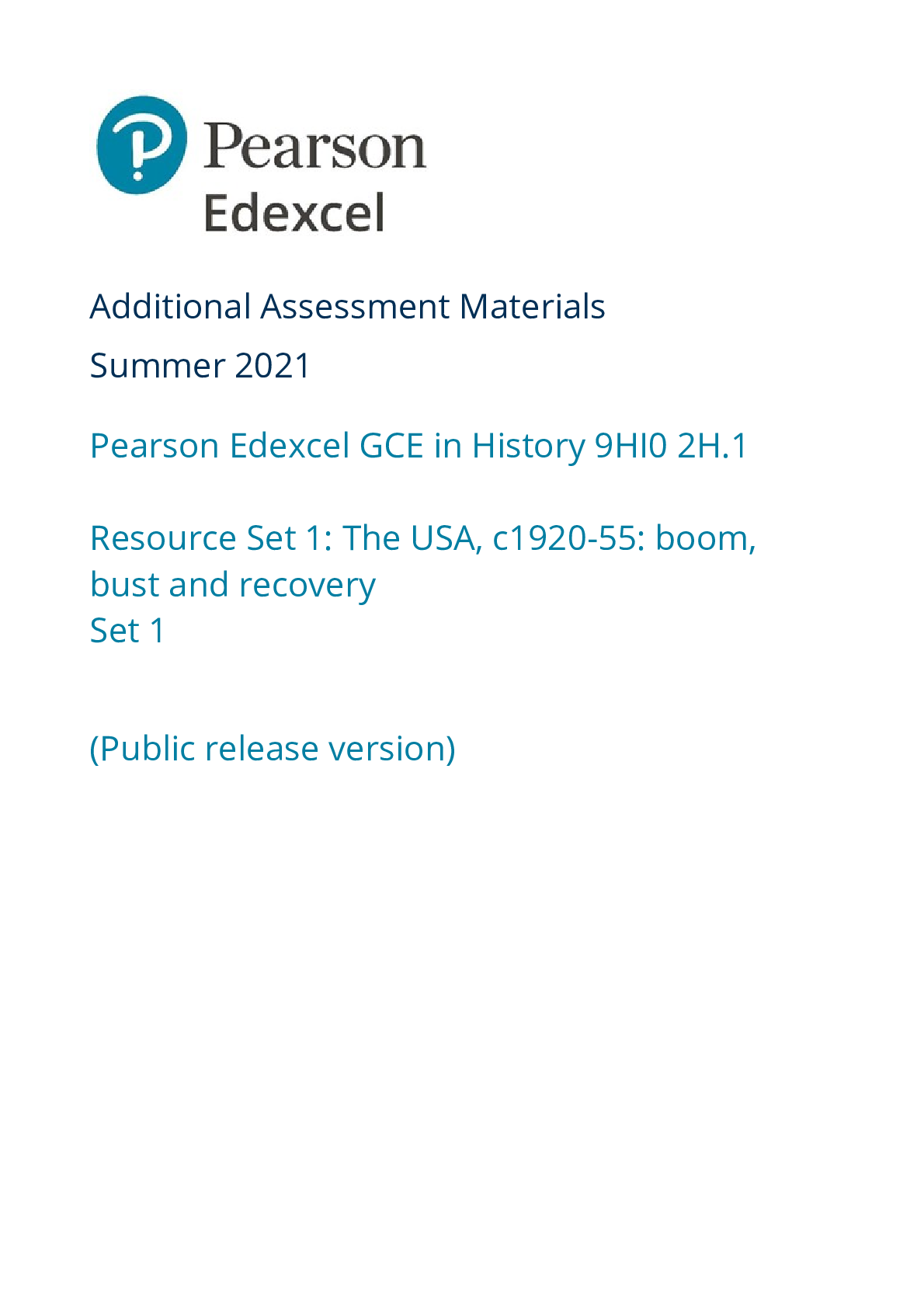
.png)
.png)
.png)
.png)
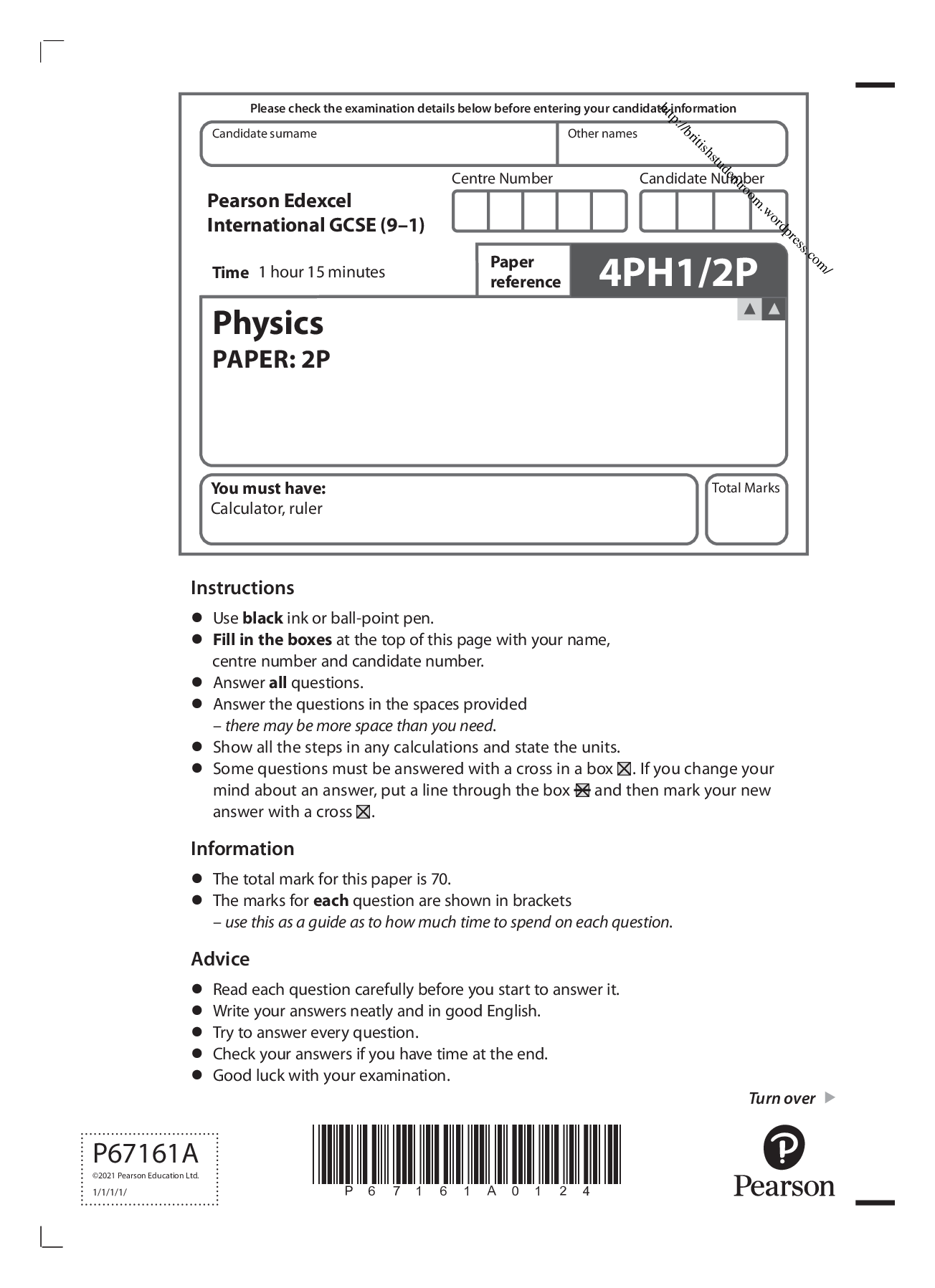
.png)
.png)
.png)
.png)
.png)

